Diversity, Equity & Poverty Presenters
 |
Prosecutors’ Early Intervention Program |
|
Teachers and parents often struggle to find effective ways to respond when children are persistently ungovernable or acting out. In the past, many of these high risk children would end up in the juvenile justice system. The Prosecutor’s Early Intervention Program (PEIP) aims to identify problems early, assess the needs, and divert youth to services, with the ultimate goal of helping and reducing the number of youth who become entangled in the juvenile justice system. This presentation will discuss current approaches being developed to enhance the program, and PEIP’s alignment with juvenile justice reform in the State. Keywords: juvenile delinquency, diversion programs, online tracking, referrals, early intervention |
|
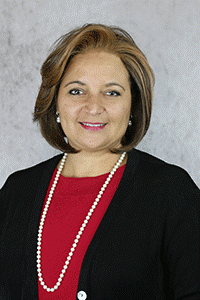 |
Subsidized Savings Plans for Low-income College Students |
|
With increasing college costs, it is more difficult for low-income graduates to finance their transition into careers or graduate programs. However, Individualized Development Accounts (IDAs) that are subsidized have received a lot of federal attention as a viable strategy to help low-income college students build assets. A UL Lafayette team will apply for a grant to conduct research on how IDAs impact retention and graduation. Keywords: low-income students, IDAs, college costs, financial strategy |
|
 |
Mobilizing and Sustaining Community Assets |
|
The Great Recession of 2008 left unprecedented numbers of families in need of basic services, thus, negatively impacting already fragmented social service systems. Coincidentally, increasing numbers of rural families migrated to urban centers to access a wider variety of services, further taxing limited resources. In order to address the needs of a burgeoning population of over 4 million, social service leaders in Maricopa County, AZ employed an asset based assessment system to build an online comprehensive family resource system to 1) identify and organize resources, 2) inform families of available resources, 3) streamline referral systems, 4) identify unmet needs, allocate/re-allocate resources by need. This paper discusses year-one impact of the model on families and the potential benefits of replication. Keywords: asset-based assessment, resources, social services, family services, online resource directory |
|
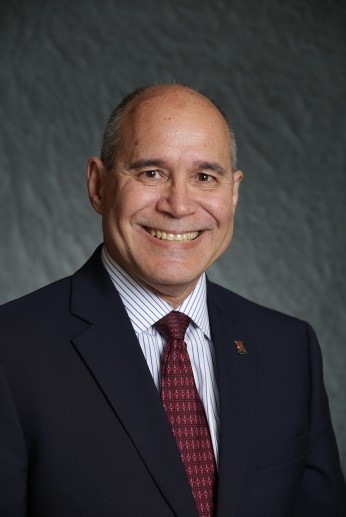 |
Differentiating Language Differences from Language Disabilities |
|
This briefing discusses a research agenda our language study group is conducting to improve the process of clinical/educational assessment of language different students in American schools. These students often exhibit language-learning difficulties and are referred to remedial programs to address their problems. Current assessment practices, however, often mis-diagnose these students as having language disabilities rather than are language differences (i.e., in the process of acquiring English as a second language). The assessment tools and procedures employed when working with these students are one reason for these results. We investigate the expectations, tools and procedures, and the decision-making processes employed to differentiate whether such children actually have intrinsic language disabilities or if their problems are merely due to the fact they are concurrently in the process of learning English as a second language. Keywords: assessment, second language learning, language different, language disability |
|
 |
Mapping Community Leadership |
|
This briefing will describe a NIST-sponsored research project of UL Lafayette to analyze the impact of the July 2015 shooting incident at the Grand 16 Theater and how the City of Lafayette transcended that crisis. The briefing will also present a new leadership initiative of the COI on Diversity, Equity and Poverty. Keywords: leadership, community mapping, incident management, Grand 16 shooting |
|
 |
Control Theory |
|
Control theory is unique for two reasons: it only explains the behavior of young adults and rather than explaining why individuals are criminals or delinquents; as do most other theories of criminality; it answers why people conform. It assumes young people are “bad.” There are several versions of control theory; the most used/tested is Hirschi’s Social Bond. Each version is organized around two factors: risk and protective factors. Several scales have been created to test these two factors. Keywords: Control theory, delinquency, Hirschi, risk and protective factors |
|
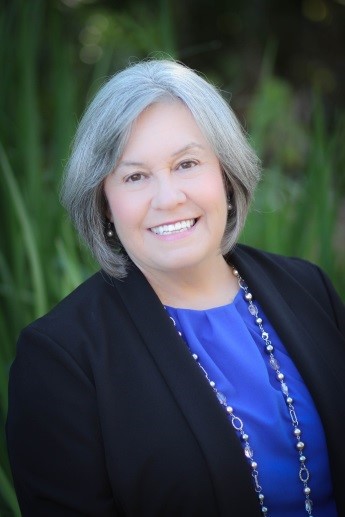 |
Diversity in the Nursing Profession |
|
This brief presentation will provide an overview of the status of diversity in the nursing profession and the link to healthcare outcomes. Nursing leaders are aware of the connection between a culturally diverse nursing workforce and the ability to provide quality patient care. Nursing has made great strides in recruiting and graduating nurses that mirror the patient population; however, more must be done before adequate representation become the norm. Keywords: nursing, outcomes, patient care, diversity representation |
|
 |
Visual Analytics of Large Scale Time Varying Graphs |
|
Large scale graphs with billions of nodes and edges created from real world observations are emerging in multiple domains and disciplines – these include social community networks, infrastructure networks, epidemiology networks, IP traffic networks, etc. Studying the evolution of these networks is increasingly becoming important to understand the dynamics of real-world through data collected from sensors, social media and the internet. The talk presents ongoing work in visual analytics to automate big data processes for time varying graphs to improve decision making performance. Keywords: Networks, infrastructure networks, visual analytics, data collection, internet |
|
 |
Recruiting Women to Cybersecurity |
|
By 2024, 1.1 million computing-related job openings are expected. At the current rate, only 41% of these jobs could be filled by U.S. computing bachelor’s degree recipients. Of this 41% of new graduates, only 25% were women. In computing education, women are in estimated to be only10 to 12% of the faculty. This gap between male and female IT professionals seems to widen at an exponential rate. At the same time, the outlook is even more troubling with Cybersecurity where the need for employees will triple by the year of 2020. The strategic plan to recruit more females in computing workforce, especially in Cybersecurity can be:
Keywords: Outreach, cybersecurity, industry, female IT professionals |
|
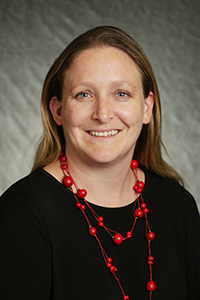 |
Persistence of Deficit Perspectives among Teachers in Louisiana |
|
Deficit theories about poverty are prevalent in teacher education. In 1965 The Moynihan Report proposed a since pervasive focus on a perceived “tangle of pathologies” in poor and minority families. This research-based presentation will uncover the persistence of deficit perspectives among M.Ed. students in Louisiana. Keywords: poverty, deficit perspectives, teacher education, The Moynihan Report |
|
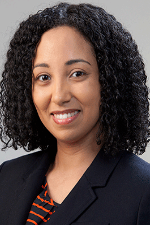 |
A Social Systems Approach to Leadership and Diversity |
|
This talk presents a novel approach to leadership and diversity in which a social network model is used to examine the process of committee decision-making in higher education. A simulated exercise is described, modeling a faculty committee tasked with evaluating a candidate for promotion from Assistant to Associate Professor. Keywords: social network model, leadership, diversity, higher education, decision-making |
|
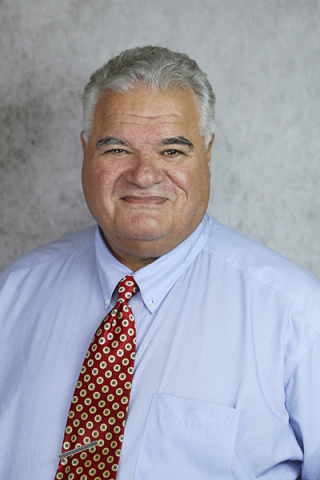 |
Our Teachers' Knowledge of Science |
|
Our K-12 students' knowledge of science appears to lag behind that of their peers in other countries. The U.S. ranks 23rd in the most recent international PISA tests in science. National data, such as the National Assessment of Educational Progress, indicate only marginal improvement in science scores in recent years. What lies behind U.S. students' lackluster performance in science? No doubt there are a number of factors at work but our teachers' knowledge of and attitudes toward science are surly among them; it is reasonable to assume that what our students' know about science is at least in part influenced by what our teachers know about it. This presentation uses the National Opinion Center's General Social Survey (GSS), one of the largest and most reliable data sets we have on the American population, to examine clues about our K-12 teachers' knowledge of and attitudes toward science, and argues that more research needs to be done on this topic. Keywords: Science education, PISA, NAEP, attitudes, GSS |
|
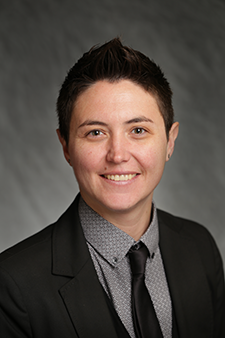 |
Re-envisioning Diversity in Higher Education: From Raising Awareness to Building Critical Consciousness among Faculty |
|
We often hear buzzwords, such as, "Equality" and "Diversity" in community and institutional strategic plans, but these ideas are largely nebulous and abstract, leading to misguided (and sometimes, failed) attempts to create more inclusive environments. The speaker for this presentation argues that we must first raise critical consciousness among ourselves and others in order to fully understand what we really mean when we talk about diversity and equality. In the end, what we find out is that we actually should be working for social justice and equity. This presentation is a call to move from thinking in terms of diversity to thinking with a social justice mindset. Keywords: critical consciousness, diversity, equity, social justice, |
|
 |
Influencing Community Resilience |
|
This talk will provide an overview of our research on the effect of disaster-related public-private collaboration on community resilience. Additionally, the Ignite thematic areas will be used to challenge and expand this framework to account for critical incidents that are not traditionally defined as "disasters." Keywords: community resilience, critical incidents, public-private collaboration |
|
